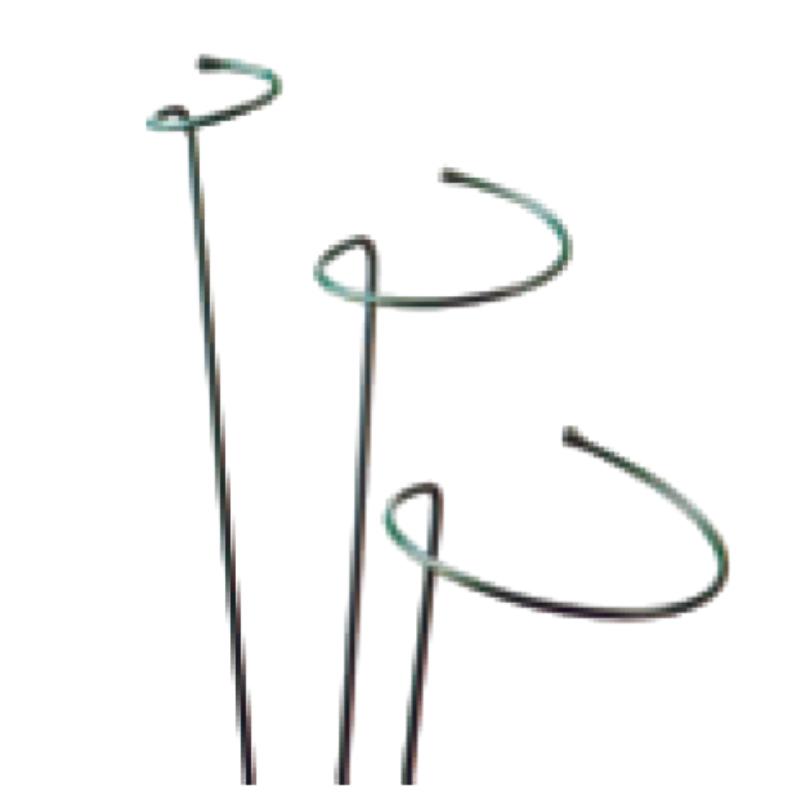-
E-mail:zhao@hyliec.cn
-
Telefono:+86 311 85273988
-
WhatsApp:8613931128750
-
 africano
africano -
 albanese
albanese -
 Amarico
Amarico -
 Arabo
Arabo -
 armeno
armeno -
 Azero
Azero -
 Basco
Basco -
 bielorusso
bielorusso -
 bengalese
bengalese -
 Bosniaco
Bosniaco -
 bulgaro
bulgaro -
 catalano
catalano -
 Cebuano
Cebuano -
 Corso
Corso -
 croato
croato -
 ceco
ceco -
 danese
danese -
 Olandese
Olandese -
 Inglese
Inglese -
 esperanto
esperanto -
 Estone
Estone -
 finlandese
finlandese -
 francese
francese -
 Frisone
Frisone -
 galiziano
galiziano -
 georgiano
georgiano -
 Tedesco
Tedesco -
 greco
greco -
 Gujarati
Gujarati -
 Creolo haitiano
Creolo haitiano -
 haussa
haussa -
 hawaiano
hawaiano -
 ebraico
ebraico -
 No
No -
 Miao
Miao -
 ungherese
ungherese -
 islandese
islandese -
 igbo
igbo -
 indonesiano
indonesiano -
 irlandesi
irlandesi -
 Italiano
Italiano -
 giapponese
giapponese -
 giavanese
giavanese -
 Kannada
Kannada -
 kazako
kazako -
 Khmer
Khmer -
 Ruandese
Ruandese -
 coreano
coreano -
 curdo
curdo -
 Kirghizistan
Kirghizistan -
 TBC
TBC -
 latino
latino -
 lettone
lettone -
 lituano
lituano -
 Lussemburghese
Lussemburghese -
 macedone
macedone -
 Malgashi
Malgashi -
 malese
malese -
 Malayalam
Malayalam -
 maltese
maltese -
 Maori
Maori -
 Marathi
Marathi -
 mongolo
mongolo -
 Myanmar
Myanmar -
 nepalese
nepalese -
 norvegese
norvegese -
 norvegese
norvegese -
 occitano
occitano -
 Pashtu
Pashtu -
 persiano
persiano -
 Polacco
Polacco -
 portoghese
portoghese -
 Punjabi
Punjabi -
 rumeno
rumeno -
 russo
russo -
 Samoano
Samoano -
 Gaelico Scozzese
Gaelico Scozzese -
 serbo
serbo -
 Inglese
Inglese -
 Shona
Shona -
 Sindhi
Sindhi -
 Singalese
Singalese -
 slovacco
slovacco -
 sloveno
sloveno -
 Somalo
Somalo -
 spagnolo
spagnolo -
 Sundanese
Sundanese -
 Swahili
Swahili -
 svedese
svedese -
 Tagalog
Tagalog -
 Tagico
Tagico -
 Tamil
Tamil -
 Tartaro
Tartaro -
 Telugu
Telugu -
 tailandese
tailandese -
 Turco
Turco -
 turkmeno
turkmeno -
 ucraino
ucraino -
 Urdu
Urdu -
 Uiguro
Uiguro -
 Uzbeco
Uzbeco -
 vietnamita
vietnamita -
 gallese
gallese -
 Aiuto
Aiuto -
 yiddish
yiddish -
 Yoruba
Yoruba -
 Zulù
Zulù
Metal Plant Supports
What Is The Support Structure Of A Plant?
The support structure of a plant refers to the system of tissues and organs that provide stability and enable the plant to maintain an upright position. This support structure includes several key components:
1. Cell walls: The rigid cell walls of plant cells provide structural support, especially in non-woody plants. The cell walls help maintain the shape and rigidity of the plant's cells, contributing to its overall structure.
2. Stems: Stems play a crucial role in supporting the plant and providing a framework for the attachment of leaves, flowers, and reproductive structures. The stems also facilitate the transport of water, nutrients, and sugars throughout the plant.
3. Roots: The root system anchors the plant in the soil, providing stability and support. Additionally, roots absorb water and nutrients from the soil, contributing to the overall health and growth of the plant.
4. Vascular tissues: Xylem and phloem are specialized tissues that form the plant's vascular system. Xylem transports water and minerals from the roots to the rest of the plant, while phloem transports sugars and other organic compounds to various parts of the plant.
5. Specialized structures: Some plants have specialized support structures, such as tendrils, thorns, or aerial roots, which aid in climbing, attachment, or additional support.
The combination of these structural elements allows plants to maintain their shape, withstand environmental forces, and support essential physiological processes.
Iron Plant Supports Faq
What are the benefits of using iron plant supports?
Iron plant supports offer durability and strength, making them suitable for providing robust support for heavy or sprawling plants. They can withstand the weight of mature plants and help maintain their shape and structure.
What types of plants are best supported by iron plant supports?
Iron plant supports are well-suited for providing support to a wide range of plants, including peonies, roses, delphiniums, and other tall or heavy-flowering perennials. They can also be used for supporting climbing plants such as clematis or sweet peas.
How should iron plant supports be installed?
Iron plant supports should be installed firmly in the ground to ensure stability. When supporting individual plants, place the support structure around the plant early in the growing season, allowing the plant to grow into and around the support naturally.
Are there different styles and designs of iron plant supports available?
Yes, iron plant supports come in various styles and designs, including hoop supports, grid supports, and individual stakes. These different designs cater to the specific needs of different types of plants and can provide effective support while enhancing the visual appeal of the garden.
How can iron plant supports be maintained?
To maintain iron plant supports, periodically inspect them for signs of rust or corrosion, especially if they are exposed to the elements. If rust is present, it can be removed using a wire brush, and the supports can be treated with a rust-resistant coating or paint to prolong their lifespan.






